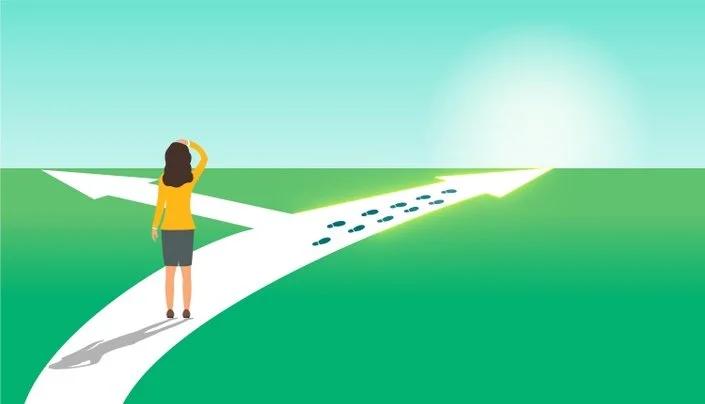Artificial Beauty - Natural Intelligence
/The TED 2012 presentation by Machael Hansmeyer on the potential of digital and programmed design (CAD) leaves us - even now - in a state of astonishment, which doesn't know whether to turn into wonder, skepticism or hope. After a few years we can see that 3D printing has become a reality that makes the reproduction of complex shapes easy and immediate, and even artificial intelligence, back in vogue thanks to reinvented learning algorithms, renews its confidence in its ability to guarantee level of performance that before was just considered possible for human intelligence . But can we consider human intelligence itself without limits? Human Intelligence is not yet able to fully understand the secrets of nature and to replicate the randomness of its evolution, harmony and the measure of things. Although the noblest intentions back up design and planning, the design of complex and hyper-performing environments still happen to offer the user/occupant negative and stressful experiences . Natural environments always win over artificial ones: why?
If we stop at the frame of the minute 3.50 of the video we get a typical example of monstrosity generated by an algorithm "gone out of control". Hansmeyer speaks of a visual effect that expresses what the noise represents for hearing. In simple words it is a wrong process that in nature would end with abortion.
Our biology, our being part of an ecosystem, establishes the rules of our relationship with the environment in which we live. These are rules that are biological but also aesthetic, ethical and social. If our feeling is positive or negative, it is established by a law of nature that responds to the same law that has shaped us human beings. Biophilia is a philosophy that supports this law of nature, which, although elusive at times, is the basis of the biophilic hypothesis of biophilic design, the latter one a design protocol that analyzes and verifies the natural aspects of the anthropized environment with the goal of improving the quality our life and preserving our planet.
Nicola Salingaros, mathematician, is an avid supporter of biophilic design and has much to say about what is established as the right measure and harmony of the aesthetic effect of things. Salingaros uses the fractal and its degree of complexity as a reference, suggesting the values within which you would feel safe from perceptive stimulations, so as to make them neither monotonous (not stimulating), neither annoying (stressful). A fractal encodes geometric structures on different levels and there are no preferences on scales.
All organic tissues have basic geometric structures that are similar to each other, linking humans, animals, plants and landscapes together. In this similitude a sort of "Subliminal Communication" is established among all the natural elements, an attraction towards signs full of meaning that result in a sense of pleasantness and widespread wellbeing. If this concept is intuitive with the visual experience, we must make an effort to apply the same to all the other senses, since the principle does not change. We can therefore think of categories of sounds, textures, smells that are linked to pleasant experiences and meet our positive predisposition.
3D printed COLumns GENERATEd w/ algorithms
Now getting back to the issue about the algorithmic generation of the column shown in the video, a question arises: How to control and manage the artificial creative process to obtain a final result that can be defined not only universally acceptable, but also fair, appropriate, cheap ? And, above all, we question if our sense of beauty and harmony can evolve over time, according to an epigenetic evolution - certainly already underway - which can adapt us to a new order of things, educate ourselves to spatial experiences not necessarily due to natural archetypes, but controlled by an intelligence no longer human.
These considerations create an impasse, but a reflection on how technological tools have evolved over the last millennia could help to get out of it. The design and the construction technique have always represented creative forms that delegated the execution to instruments external to our body, and more and more distant from it, from pencil to CAD, from hammer to printer. Yet our brain has gradually adapted to new creations and new technologies, with small traumas being very well and very fast recovered.
HAL- From 2001 A Space Odissey
Different forms of art, above all cinema, have often dealt with the theme of human losing control over the machine. The cult movie "2001 A Space Odyssey" is an apocalyptic fable about the destiny of humanity, whose identity is different from the rest of nature. The story is about a mission on Jupiter in which a computer (HAL) turns, from reliable friend and support to a terrible enemy of the last surviving man. The movie tries to face very ancient problems concerning the identity of human nature, its destiny, and the role of knowledge and technique. But the story has an "happy end" , and not because the human mind is able to quell the rebellion and the resourcefulness of the artificial one, but because upstream of this apparent man-machine conflict we find out being the will of human being herself (the authors of the mission), who had set the wrong priorities, in conflict with her own survival.













Come migliorare la vita degli anziani. Mettersi nei loro panni